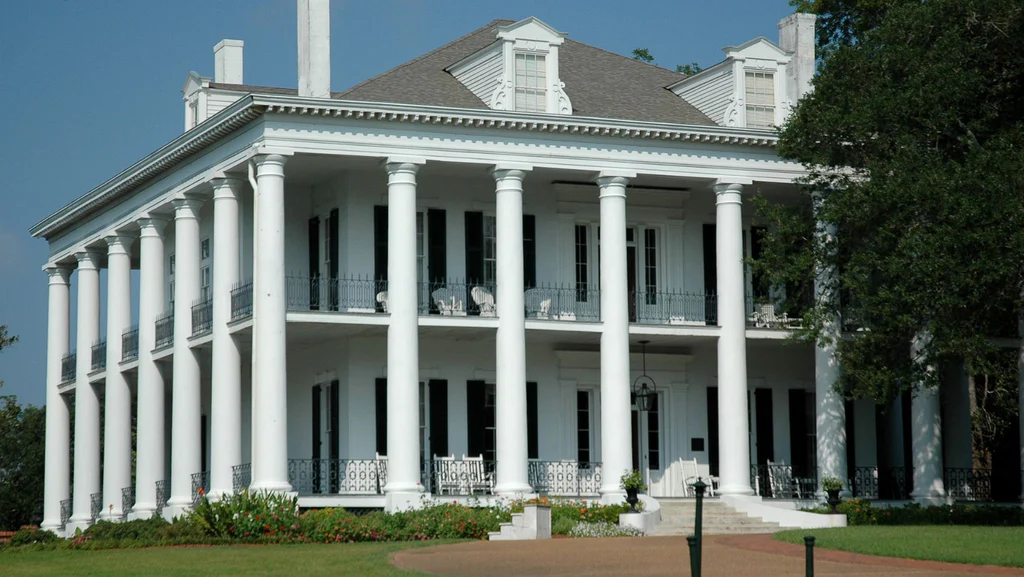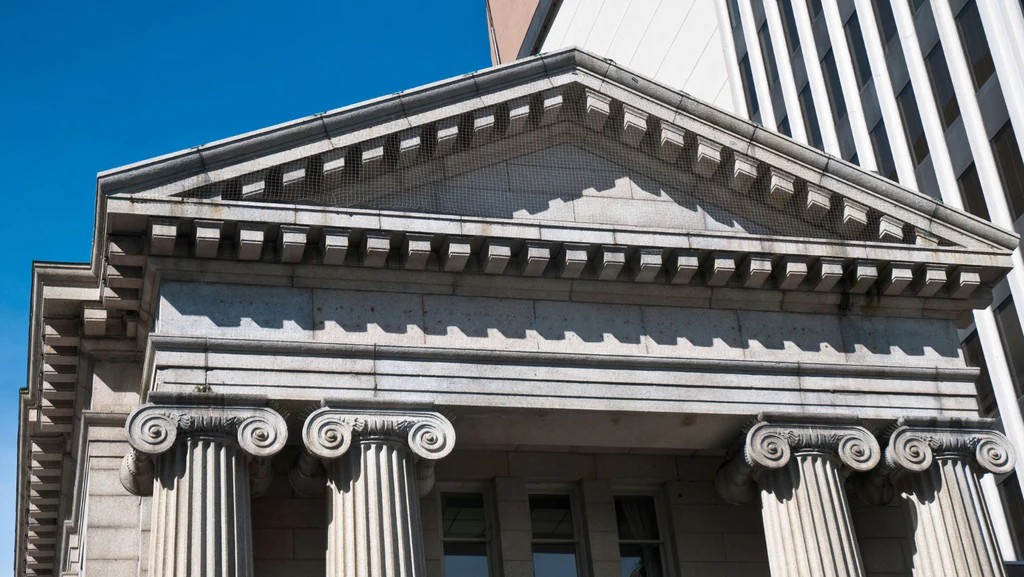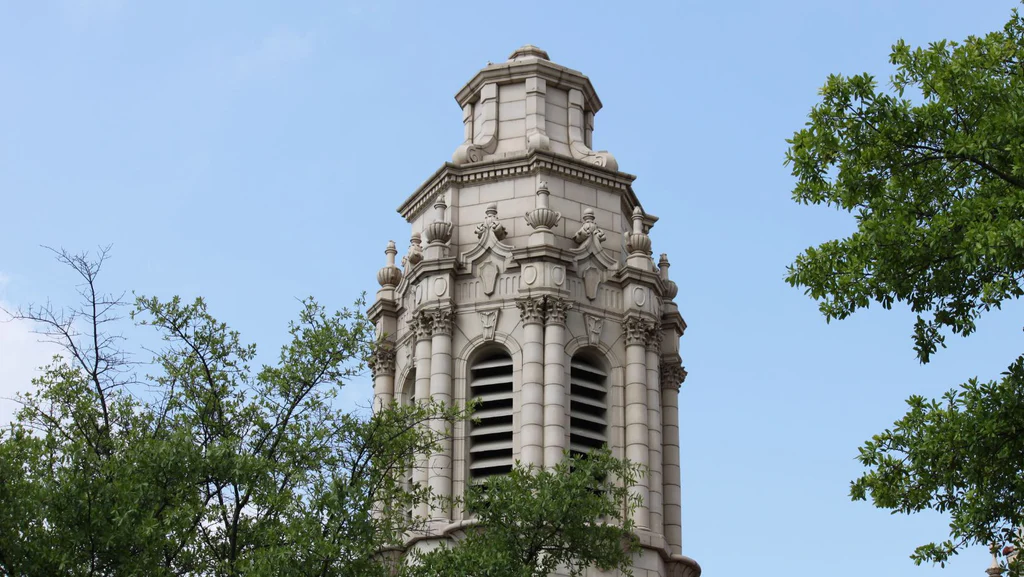Have you ever been captivated by the grandeur of monumental structures? Do you find yourself drawn to the elegance of towering columns, intricate designs, and awe-inspiring facades? If so, it’s time to explore the timeless charm of Greek Revival architecture. Imagine opulent buildings adorned with majestic pediments and rich classical details, all inspired by the architectural brilliance of ancient Greece. In this blog post, we’ll delve deeper into the defining characteristics of Greek Revival architecture and uncover the cultural significance behind these stunning designs. So, let’s step into the world of Greek Revival architecture!
What Is Greek Revival Architecture?

Greek Revival architecture draws inspiration from the harmonious balance of symmetry, proportion, simplicity, and elegance found in ancient Greek temples from the 5th century B.C. This style flourished in the United States between 1825 and 1860, becoming the nation's dominant architectural style, spreading from the East Coast to the West Coast. However, its reign was interrupted by the outbreak of the Civil War.
The History of Greek Revival
James "Athenian" Stuart, a British architect, first introduced Greek Revival architecture to the United Kingdom after being mesmerized by the splendor of Greek architecture during his 1751 journey to Greece. His publication, *Antiquities of Athens* (1762), the world's first comprehensive guide to Classical Greek architecture, played a pivotal role in popularizing this style beyond its Mediterranean roots. In America, Greek Revival architecture emerged as a symbol of democracy in the early 19th century. Inspired by ancient Greece's democratic foundations, Americans embraced its culture, art, and philosophy. They distanced themselves from the British-influenced federal style, opting for a more authentic and democratic aesthetic. The Greek War of Independence further fueled their admiration for ideals of freedom and self-governance. American builders and architects adopted Greek Revival as a national style, integrating it into various structures, including state capitol buildings, banks, churches, row houses, cottages, and plantation homes. Architectural pattern books like *The Companion for American Builders*, *The Assistant for Builders*, and *The Marvels of Contemporary Architecture* were instrumental in disseminating this style across the country. Greek Revival architecture evolved regionally in the U.S., reflecting local preferences and available materials. For instance, New Orleans is famous for its galleried cottages and double-galleried townhouses, while Manhattan boasts iconic Greek Revival townhouses designed by architect Andrew Jackson Downing.

Greek Revival Elements and Key Characteristics
- Columns and Pediments: This architectural style prominently features tall columns and triangular pediments, reminiscent of ancient Greek temples with their impressive rows of columns and decorative triangular roofs.
- Painted Plaster Facade: Unlike the stone structures in Greece, American Greek Revival homes were built using wood and plaster, then painted white to mimic the appearance of stone.
- Horizontal Transom: Instead of the fanlights common in earlier Federal Period homes, Greek Revival houses showcase horizontal transoms above the main entrance.
- Bold Moldings: Both the interior and exterior of Greek Revival homes are adorned with bold yet straightforward moldings, reflecting the high-style aesthetic of this period.
- Embellishments: Wealthier residences often boast intricate details, such as framed dormer windows on the second floor with pilasters and pediments. Simpler homes incorporate similar elements but with fewer ornamental touches.

Greek Revival architecture offers a fascinating glimpse into history, highlighting the enduring influence of ancient Greece and its timeless beauty. From its beginnings in the UK to its prominence in the U.S., this style remains a testament to the universal appeal of classical elements and their profound impact on architectural design. As we admire these magnificent structures, we connect with the past by appreciating the architectural masterpieces of Greek Revival.
Marine PE100 Pipe For Ballast System
Jingjiang Haihong Plastic & Rubeer Science -Technology Co.,Ltd , https://www.marineplasticpipe.com